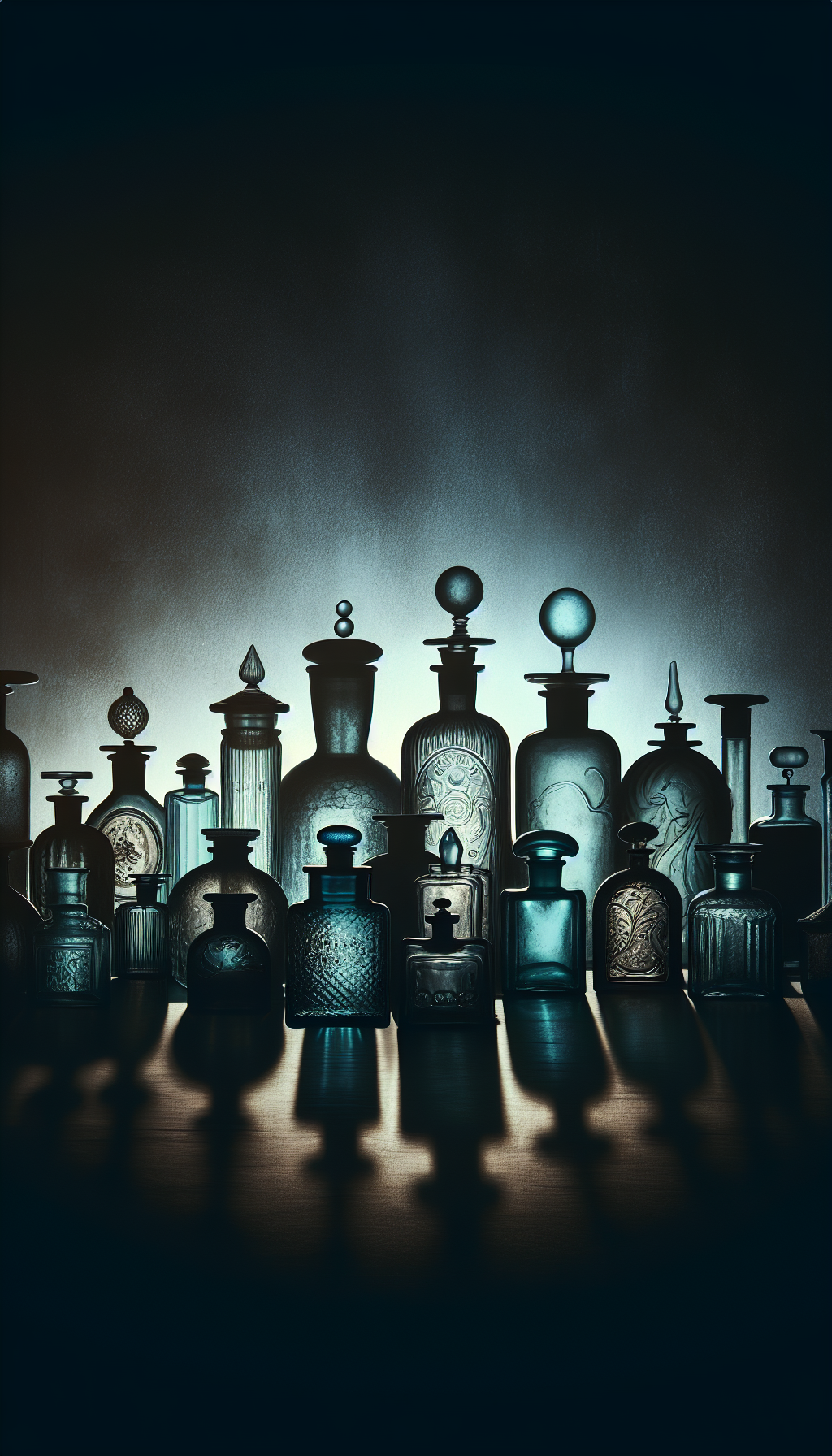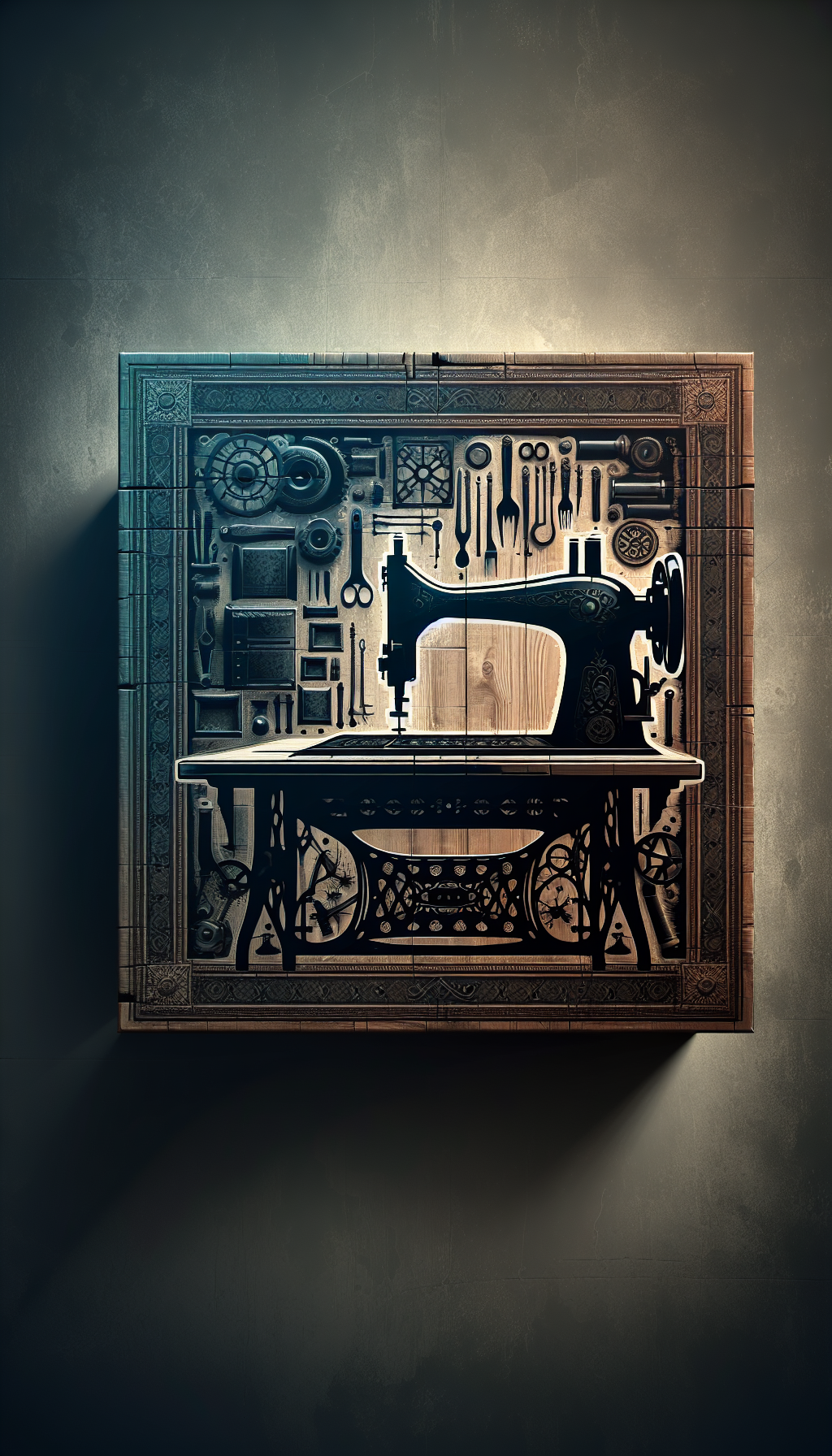Wayne Thiebaud B 1920 Candy Apples Limited Edition Print
Wayne Thiebaud (1920–2021) built an enduring legacy painting everyday delights—cakes, pies, lollipops, and yes, candy apples—with a rigor that bridged painterly realism and Pop-era clarity. Among his most recognizable print subjects, Candy Apples captures the slick sheen, bright color, and crisp cast shadows that define his confection imagery. For collectors and appraisers, the phrase “B 1920 Candy Apples limited edition print” typically appears in auction listings to denote the artist’s birth year and a hand-signed, numbered fine art print.
This guide explains how to identify authentic Candy Apples impressions, what to examine for condition, which marks matter, and how to prepare the work for valuation.
Wayne Thiebaud and the Candy Apples motif
- Signature subject: Confections were Thiebaud’s hallmark. Candy Apples distills his interest in texture and light—glossy surfaces, punchy color, and long, directional shadows on a pale ground.
- Printmaking pedigree: Thiebaud collaborated with respected print workshops over several decades. He produced etchings with aquatint, lithographs, and related techniques to translate his painted language into editioned works on paper.
- Market appeal: Sweets and bakery subjects sit near the top tier of Thiebaud print desirability. Candy Apples is particularly sought after because it is instantly recognizable and emblematic of his best-known imagery.
What “limited edition” means here
A limited edition print is an original fine art print created by or in close collaboration with the artist, printed in a fixed, declared quantity. It is not a reproduction of a finished painting made by a commercial press.
For Thiebaud’s Candy Apples, limited edition typically means:
- Signed in pencil: Wayne Thiebaud’s signature, usually in the lower right margin.
- Numbered in pencil: An edition fraction (e.g., 23/60) in the lower left margin. Variants may include A.P. (Artist’s Proof), P.P. (Printer’s Proof), T.P. (Trial Proof), BAT (bon à tirer), or H.C. (Hors Commerce).
- Workshop chops: One or more blindstamps (embossed marks) identifying the publisher/printer.
- Fine paper: Quality wove paper—often with a watermark—commonly from makers like Arches, Rives, or Somerset. Edges may show a natural deckle.
This differs from posters or open-edition reproductions:
- Printed signature vs. pencil signature: Posters have the signature printed within the image; limited editions are hand-signed in graphite on the margin.
- No edition fraction: Posters and open editions lack a hand-written fraction.
- Commercial paper: Reproductions are often on thinner, coated, or poster stock and bear no fine printmaker’s chop.
Identifying authentic Candy Apples impressions
Multiple versions and techniques of Candy Apples exist. Your first task is to determine the printmaking method and whether the example is an original fine art print.
- Determine the medium
- Etching with aquatint (intaglio): Look for a plate mark—a slight indentation framing the image—caused by the press. Under magnification, tonal areas in aquatint appear as fine, even grain. You may also see delicate line work from etching or drypoint.
- Lithograph (planographic): No plate mark. Under a loupe, lithographic tones appear smooth and velvety, without the mechanical CMYK dot pattern of offset printing.
- Screenprint/serigraph: Areas of color are laid in flat, often with crisp separations and possible slight ink sit-up on the surface, but still no CMYK rosette pattern.
- Offset reproduction: Under magnification, you will see the dot matrix/rosette characteristic of commercial four-color printing. No plate mark and typically no hand signature or edition fraction.
- Confirm the signature and editioning
- Signature: Thiebaud’s pencil signature is usually clear, confident, and placed in the lower right margin. Do not rely on signature style alone—compare it to authenticated examples when possible.
- Edition fraction and proof designations: Verify that the fraction, if present, matches the total edition noted in any accompanying paperwork or colophon. For proof copies (A.P., P.P., etc.), expect a small number of proofs relative to the standard edition.
- Locate workshop chops and watermarks
- Blindstamps: Fine art print publishers add embossed stamps in the margin (often lower left/right). Thiebaud worked with reputable presses; their chops are a positive sign. Record and photograph them.
- Paper watermark: Hold the sheet to light to find a watermark (e.g., “Arches,” “Rives,” “Somerset”). Note placement and wording.
- Examine the image characteristics of Candy Apples
- Composition: A row (or rows) of candy apples on sticks, often with clean, high-contrast shadows extending across a light ground. Color is vibrant, with glossy highlights suggesting the candy coating.
- Edge of the image: On intaglio works, you may see plate tone (a faint, even veil) near the plate edges—intentional inking residue retained by the artist/printer.
- Consistency across impressions: Expect minor variations in inking among hand-printed examples, but the overall image should be consistent with known Candy Apples imagery.
- Review documentation and provenance
- Invoices/labels: Keep any gallery or publisher invoices, exhibition labels, or appraisals.
- Colophon or documentation: If available, this states the edition size, technique, printer, and date. When data conflicts, defer to publisher documents and catalogue raisonné entries.
Condition issues that affect value
Works on paper are sensitive. In addition to standard issues (foxing, tears), Thiebaud prints can show technique-specific vulnerabilities.
- Light exposure and fading: Reds and other bright inks are sensitive to UV. Look for overall yellowing, fading, or a rectangular “light window” where the mat opening protected the sheet.
- Mat burn and acid migration: Brownish lines along the mat window or overall warmth in the paper tone can indicate acidic materials. Archival re-matting may mitigate future damage but not always reverse staining.
- Handling creases and scuffs: Aquatint tones can scuff if abraded. Check the lower margins and image for handling dents, pressure marks, or scuffing.
- Paper issues: Edge nicks, tiny tears near hinges, cockling from humidity, or losses at corners reduce value. Inspect the verso for old tape, pressure-sensitive adhesives, or masking tape—these can stain and complicate conservation.
- Printer’s creases vs. later damage: Some fine press prints may show faint, original handling creases from production; context from a conservator or experienced dealer helps distinguish these from later mishandling.
Conservation notes:
- Refrain from surface cleaning or tape removal yourself. Professional paper conservators can address stains, reduce discoloration, and re-hinge using Japanese tissue and wheat starch paste.
- Use UV-filtering glazing and archival mats/backs when reframing.
Value drivers and market context
Valuation is a function of authenticity, desirability, condition, and market timing. For Candy Apples:
- Subject strength: Confection imagery is peak Thiebaud and generally attracts robust demand.
- Technique and workshop: Hand-pulled intaglio or lithograph editions from major presses typically command stronger prices than posthumous or open-edition reproductions.
- Edition size and proof status: Smaller editions and scarce proofs can carry premiums if demand is strong; BAT or early proofs may appeal to advanced collectors.
- Condition and sheet integrity: Untrimmed sheets with full margins, clean verso, and original deckle edges are preferred. Restoration, if well-documented and stable, can be acceptable but may affect price.
- Provenance: Clear, reputable provenance, original purchase receipts, and inclusion in notable exhibitions or publications add confidence.
- Framing and presentation: Archival framing protects the print; non-archival framing may mask problems until unframed.
Price expectations vary. Authentic, signed, limited edition Thiebaud prints with prime subjects can realize high results at auction and retail, while posters/open editions with printed signatures typically trade at far lower levels. When appraising, anchor your estimate to recent sales of the same Candy Apples variant, matching technique, edition, and condition as closely as possible.
Authentication and red flags
- Printed vs. pencil signature: A printed “Wayne Thiebaud” within the image is not a hand signature. Authentic limited editions carry graphite signatures on the margin.
- No plate mark on “intaglio” claims: If a work is described as etching/aquatint but shows no plate mark and reveals a CMYK dot pattern under magnification, it is likely a reproduction.
- Missing editioning: Absence of a fraction or proof notation is suspicious for a limited edition. Some workshop proofs may be unnumbered but are usually marked accordingly.
- Mismatched paper and chops: Fine papers and recognized workshop chops are expected. Unfamiliar chops, poor embossing, or low-grade paper stock are caution signs.
- Too-bright colors and glossy paper: Ultra-saturated inks on glossy or coated poster stock are typical of commercial reproductions.
When in doubt, seek an opinion from a specialist in postwar American prints or a respected print publisher familiar with Thiebaud’s catalog.
Preparing your Candy Apples for appraisal
- Do not remove from frame unless advised: Many issues are discovered when unframed, but dismantling should be done carefully, ideally by a conservator or trained framer.
- Gather paperwork: Receipts, gallery labels, emails, prior appraisals, and any certificates or publisher documentation.
- Photograph thoroughly: Front, full sheet (including margins), signature, edition fraction, chops/watermarks, verso, and any labels on the backing. Include close-ups in good light.
- Measure accurately: Record image size and full sheet size to the nearest millimeter or 1/16 inch.
- Note condition: Describe staining, foxing, tears, repairs, mat burn, cockling, or abrasions to the image and margins.
- Identify the medium: Provide your best assessment (etching/aquatint, lithograph, screenprint) and why—plate mark, grain, or surface clues.
Quick appraisal checklist
- Confirm hand-signed in pencil on lower margin
- Confirm hand-written edition fraction or proof notation
- Identify medium (intaglio plate mark vs. litho vs. screen vs. offset)
- Locate workshop blindstamps and paper watermark
- Record image and sheet measurements
- Inspect condition: light damage, mat burn, foxing, tears, scuffs
- Photograph front, margins, verso, chops, signature, and labels
- Compile provenance and any publisher or gallery documents
- Keep artwork in archival materials; avoid direct sunlight
FAQ
Q: What does “B 1920” mean in listings for Wayne Thiebaud? A: It denotes “born 1920” and is a common cataloging shorthand. Thiebaud lived from 1920 to 2021.
Q: Is a poster of Candy Apples valuable? A: Posters and open-edition reproductions with printed signatures have decorative value but are distinct from hand-signed, limited edition prints. Their market values are typically much lower.
Q: How can I tell if mine is an etching with aquatint or a lithograph? A: Check for a plate mark (intaglio) versus no plate mark (litho/screen). Under a loupe, aquatint shows a fine, even grain; lithography appears smooth without a CMYK dot pattern; offset reproductions reveal a visible dot matrix.
Q: Where should I find the edition number and signature? A: Typically in pencil on the lower margin—edition fraction at lower left and signature at lower right. Some proofs carry designations like A.P. or P.P. instead of a fraction.
Q: The colors look faded—should I reprint or “refresh” them? A: No. Never alter the original print. Consult a paper conservator for safe, reversible conservation treatments and reframing with UV-filtering glazing.
By focusing on medium, marks, paper, and condition—and documenting each carefully—you’ll be positioned to authenticate and appraise a Wayne Thiebaud Candy Apples limited edition print with confidence.



